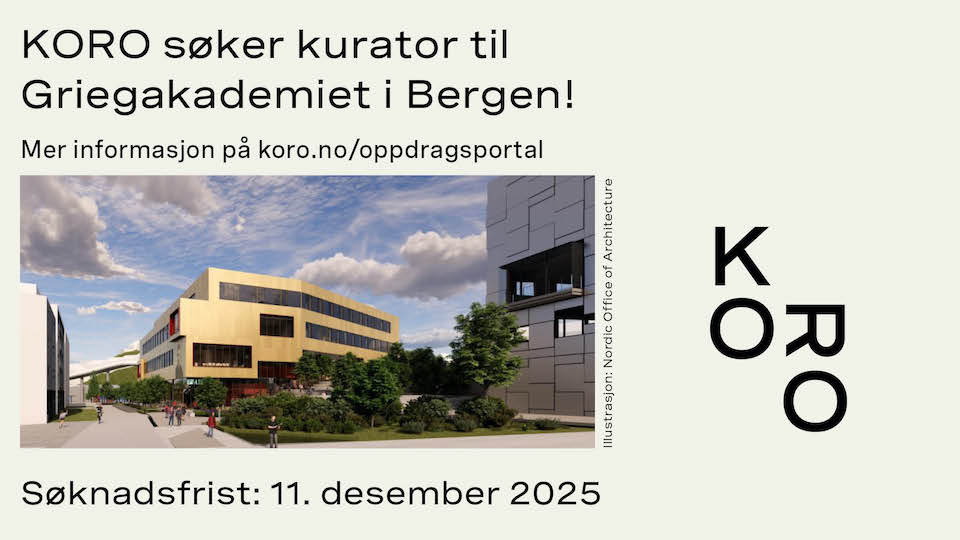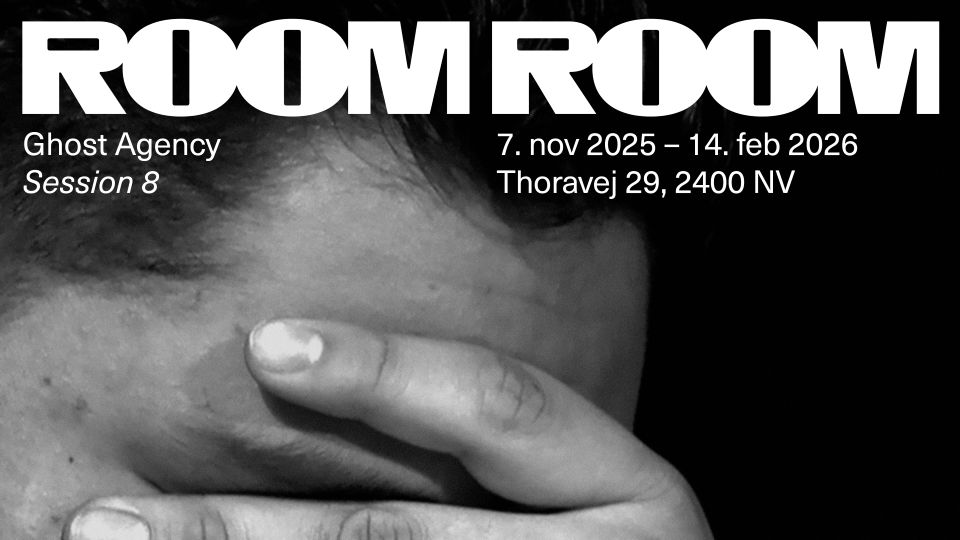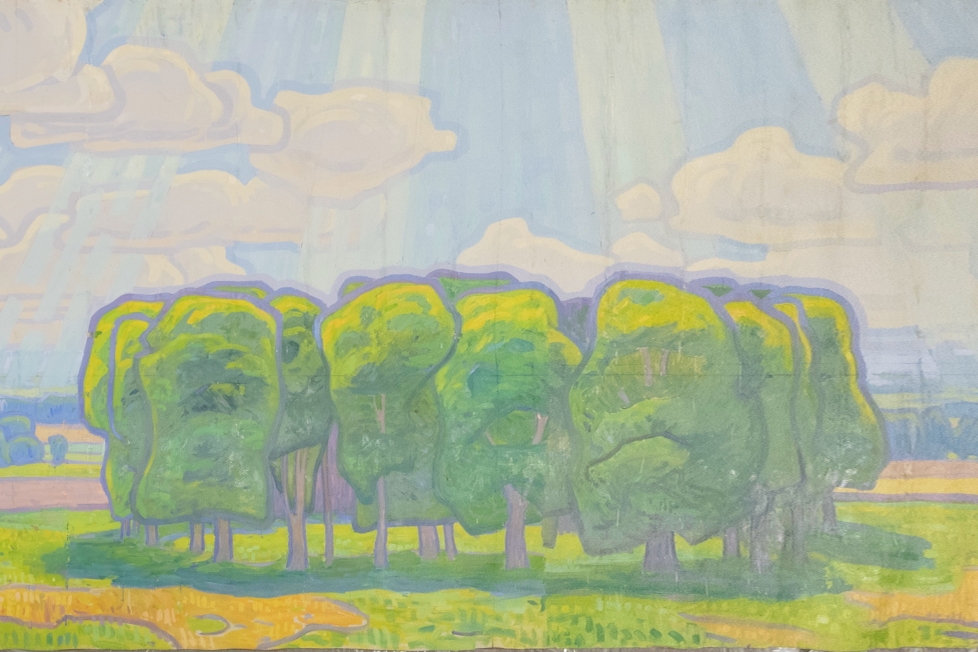
Those who brave the Swedish winter, cross the windswept bridge to Skeppsholm and make their way to Moderna Museet to enjoy, for instance, Salvador Dali’s mind-boggling The Enigma of William Tell (1933) or Henri Matisse’s great, three-metre-high collage Apollo (1953) will be disappointed. During the past year, Moderna has staged three consecutive exhibitions which completely relaunch the collection: Sleepless Nights, focusing on women artists from the 1980s; Pink Sails, highlighting Sámi and queer perspectives on Swedish modernism; and Seven Rooms and a Garden, which is both a solo show with the American artist Rashid Johnson and a critical intervention in the museum’s collection of post-war art. Inevitably, this process of bringing the marginalised to the fore has led to the mothballing of a number of audience favourites.
However, even the diligent student of twentieth-century art’s development won’t have much to pore over, since art historical movements have been replaced by more or less disjointed themes. For instance, just one of Moderna’s more than one hundred works by Pablo Picasso is on display, not to show his role in the invention of Cubism, but because the Swedish collector Rolf de Maré bought the painting, Guitar Player (1916) and donated it to Moderna in 1950. Now, the work plays second fiddle in a small presentation about queer culture during the early 20th century, which also includes the Swedish director Mauritz Stiller’s melodrama Vingarne (The Wings, 1916), often considered to be the first gay movie, nicely complemented by Nils Dardel’s iconic The Dying Dandy (1918) nearby.
The same room showcases a couple of small paintings by Nell Walden, long considered Sweden’s first abstract artist (an honour that some people today, as we know, would rather give to Hilma af Klint). But the audience doesn’t get to see Malevich, Mondrian, or Kandinsky – all of whom have significant works in the Moderna collection. Surrealism and Constructivism have slipped from the narrative of 20th century art, not to mention the experimental 1960s with kinetic works, and new encounters between art and technology. Overall, the presentations are biased towards traditional pictures of the kind that Moderna revolted against in its early years.

In short, Moderna Museet seems to have come full circle: from being a canonising institution that took part in constructing the exciting new narrative of modern art’s heroic international triumph, to being a critical institution preoccupied with retrospectively highlighting what was excluded when the avant-garde was consecrated. This, as everyone knows, is not something you do alone. In 2019, MoMA undertook a similar rehanging, and the importance of Documenta 14 (2017) as a trailblazer for marginalised subjects can hardly be underestimated – to name just two influential predecessors. If anything, Moderna feels a little late to the party.
One thing is certain: we are a long way from the Moderna Museet which under the leadership of David Elliot gave us the comprehensive art-historical research and exhibition project Utopia and Reality (2000–2001), which analysed twentieth-century aesthetics in relation to the Swedish welfare society. At present, the AIDS crisis can certainly be sensed in the art of the 1980s, and the impending threat of fascism hovers over works from the 1930s. Yet, the relationship between art and society is hardly explored in depth. On the contrary, the presentations tend to opt for the ‘minor’ narratives and the unique individuals behind them: those who were disavowed by the dominant artistic movements and political disasters of the 20th century – who were caught between utopia and reality, as it were.

A blast from the past
Already in the corridor leading up to the galleries that hold the collection, a banged-up rubbish bin, some paintings, and a goat are sprawled on a carpet of bright green artificial grass. The goat is, of course, Robert Rauschenberg’s famous Monogram (1955–1959), which has been joined by Swedish artist Klara Lidén’s Untitled (Trashcan) (2010) and a newly acquired painting, Night Park (2022), by the celebrated Pakistani artist Salman Toor (a mess of saucy greens that looks better in pictures than in real life). Obviously, we have arrived in the ”garden”, which serves as a prologue to Johnson’s exhibition, introducing visitors to the didactic, but also humorous, montages to come. Also, the cruising theme cheekily hints to the queerness that will be a recurring theme in all three presentations.
If this prelude feels a bit low-key, the next room is a trumpet blast. Twenty or so abstract paintings have flown down from the walls and landed on two large free-standing grid-screens, which greet visitors with a welcoming embrace. A bright blue stage floor and the sound of jazz music by Louis Armstrong complete the experience. For those not yet familiar with the museum’s newest curator, Hendrik Folkerts, this is a striking introduction.

The critical function of the display, however, is to reverse the common relationship between centre and periphery by placing a small painting by the South African-born artist Ernest Mancoba in the centre, surrounded by works by artists such as Barnett Newman, Jackson Pollock, and Asger Jorn. Thus, the peripheral Macoba, who in recent years has been highlighted by the Centre Pompidou (and in Sweden by Södertälje Konsthall) among others, takes centre stage in a speculative montage that for a moment allows us to see art history in a different light. It is an effective approach reinforced by the fact that Mancoba’s painting, with its few sparse brushstrokes, suggests an angelic figure that seems to spread its wings in an movement that is completed and supported by the surrounding works.
The display is framed by an abstract painting by Stanley Whitney, Off Square (2016), which setts the grid in motion, and a less remarkable work by Ellen Gallagher, Brace (1997), emphasising the theme of reassessing the contributions of Black and white cultural practitioners to art history. This leads on to the next room, with its dreamlike encounter between Henri Matisse and Sun Ra in an oversized bed, and then to a muted conversation between Louise Bourgeois’s shiny black bronze sculpture Janus Fleuri (1968) and Rashid Johnson’s own abstract, meditative paintings. Finally, we reach a room where a large number of self-portraits in different media meet the Johnson’s cinematic self-portrayal Black and Blue (2021).

The film shows the artist idling in bed, jogging in the park, or hanging out with his family in an affluent setting – in short,‘enjoying his otium’, as the Greeks used to call it. Apart from ironically underlining the narcissism of putting oneself at the centre of art history, there is a tantalising reversal at play here: instead of the work, the artist himself is placed at the centre; instead of portraying the artist working, the film shows him in the state of rest that ancient philosophers regarded as the highest state of (just) being. Motionless, he gazes into the camera – a critique of racist stereotypes, a portrait of middle-class alienation, or a denunciation of the labour criticism implied by his own inactivity? The work remains open to interpretation.
Recently, critics in Sweden have lamented that Moderna Museet has become a bore since the Danish director Gitte Ørskou took over in 2019. In that context, Seven Rooms and a Garden strikes me as exactly the kind of show that many critics (including myself) have been asking for. It has an international scope without placing itself in the centre of today’s most congested middle ground. It is actually a pretty strange exhibition, since it doesn’t function that well either as a presentation of the collection, or as an introduction to Rashid Johnson’s practice. Yet, it sets the imagination in motion by unlocking a desire to rethink art history through both grand gestures and an attention to details, which is ultimately more interesting.

Revolutionary, but nice
Next up is Pink Sails, which begins with a less spectacular but equally anachronistic montage. Paintings showing life in the metropolis by ‘usual suspects’ such as Sven X:et Erixon and Isaac Grünewald are juxtaposed with works depicting traditional life in Sápmi, such as Nils Nilsson Skum’s Landskap med renhjord (Landscape with a reindeer herd, 1943) and a newly acquired large-scale painting by the Sámi artist Lars Pirak from the 1980s. Furthermore, contemporary artist Carola Grahn’s woodpile installation, Horizon of Me(aning) (2022) – a memorial to recent suicides in Sápmi – splits the room, emphasising the fraught co-existence of modern and not-so-modern twentieth-century lives.
In this context, it should be mentioned that Anders Sunna’s installation from the Nordic Pavilion in Venice, Illegal Spirits of Sápmi (2022), is currently on display at Moderna Museet in Malmö. To my knowledge, this is the first solo exhibition by a Sámi artist at Moderna – just as Pink Sails is the first time works by Sámi artists have been showcased as an integral part of the museum’s collection. The fact that this hasn’t happened prior to 2023 might raise some eyebrows. But Moderna Museet has always been Stockholm-centred and internationally-minded, tending to overlook art made in other parts of the country. Thus, Sámi artists had to take a detour to Venice and Kassel to become of interest ‘at home’. Now, this has happened, after Indigenous art has been a hot topic for almost a decade!

Another revolution of sorts is that Moderna Museet has increasingly started to collect and display textile art. In the past, textile works were often categorised as craft, which, along with design, falls under the jurisdiction of the nearby National Museum – the mother-institution from which Moderna was born in 1958. Of course, contemporary artists have long worked with sewing, weaving, and so on. But despite Moderna’s history of cross-genre experimentation, there seems to have been a lingering case of – to some extent gender-coded – material conservatism, and there hasn’t been a lot of textiles displayed on its walls.
For instance, in one of the smaller rooms dedicated to an individual artist, the modernist painter Sigrid Hjertén is introduced as a textile artist. The fact that the exhibit’s piéce de résistance, the huge floss work Lustgården (Paradise, c. 1912) has been borrowed from the collection of Radio Sweden to complement the smaller and slightly duller tapestry that Moderna purchased in 2021, reveals the nature of the purchasing policy over time.
The title Pink Sails is inspired by a painting by Ragnar Sandberg, often associated with a group of artists referred to as the Gothenburg Colourists, who has also been granted his own exhibition in one of the smaller rooms. Other individual exhibits include Bror Hjorth’s charmingly precise sketches of zoo animals, as well as photographs from the 1930s of dancers and writers by the documentarian Anna Riwkin. However, Riwkin’s later reports on Roma and Sámi communities have not been included. Incidentally, Lars Pirak – the previously mentioned artist whose works Moderna has purchased in recent years – appears in Riwkin’s photographs from the 1960s and 1970s, but are not shown here.

The fact that the second room revolves around spirituality and fairy tales instead of, say, the revolutionary épater la bourgeoise spirit of Surrealism speaks to the well-meaning niceness that pervades Moderna nowadays. Even so, this room happens to be my personal favourite. Here, Hilma af Klint is relieved of having to compete with the lads to be the world’s first abstract artist and is instead joined by visionaries and dreamers of a different kind. In particular, children and childishness are brought to the fore in the most delightful way in Vera Nilsson’s Soap Bubbles (1927), as well as in a couple of irresistible works by Hilding Linnqvist (1891–1984), arguably Swedish art history’s foremost painter of the joys of the heart. A more idiosyncratic feature is the inclusion of couple of remarkable fairytale-themed textiles by Anna Casparsson from the 1930s and 40s. If it weren’t for Casparsson’s central role in Swedish cultural life at the time, these works would perhaps be categorised as outsider art.
Next to Seven Rooms and a Garden, Pink Sails comes across as a lovingly but conventionally curated exhibition by Matilda Olof-Ors, the museum’s head of Swedish and Nordic 20th century art. Perhaps she could’ve made more of an impact if she had had more space at her disposal? The presentation is full of notions and vagaries; it feels more like an appetiser than an in-depth art-historical study. This is particularly noticeable in a couple of condensed layouts about the 1930 Stockholm Exhibition and the artistic exchange between Sweden and Berlin during the 1910 and 20s.

The same old 1980s
The unresolved tension between curatorial intention and art-historical diligence becomes even more pronounced in the final exhibition, Sleepless Nights. It too begins with a big bang in the form of twenty-five flickering monitors stacked atop each other and placed in a darkened blue room. It is Teresa Wennberg and Pierre Lobstein’s Nuit Blanche (Sleepless Night, 1983), which is allowed to represent the advent of video art in Sweden in the early 1980s. Here, it is displayed alongside a series of enigmatic paintings by Torsten Andersson from roughly the same time, as well as a large-scale version of Cecilia Edefalk’s slightly later painting En annan rörelse (Another movement, 1990). It’s all blurry video screens, advertising imagery, and semiotics in a delightfully arcane 1980s-style mix. I like it!
Yet, this also reveals what sets Sleepless Nights apart from the other two exhibitions, namely that it tends to confirm rather than challenge established art history. The museum’s curator of Photography and Head of Research, Anna Tellgren‘s main argument is that women artists in the 1980s worked with new media to a greater extent than the men, who often painted, which was less innovative. But isn’t that essentially the same line of reasoning that Moderna Museet has been advancing ever since the Pictures-influenced exhibition Implosion, famously curated by Lars Nittve in 1987-88? The verity of which is reconfirmed by the fact that it was once again highlighted – by Moderna itself, albeit in a strangely condensed and abstruse version. Wouldn’t it have be more interesting to bring out the paint-soaked rags of the 1980s from the poison cabinet? Were they really that horrific? Why not let the contemporary audience have a say?

Instead, Tellgren has opted to put some light on women artists like Kristina Abelli Elander, Barbro Bäckström and Stina Ekman. Sure, it could be argued that they have not been rightfully appreciated. But if so, is this because they were marginalised in the 1980s or by art historians? This isn’t entirely clear. What is clear, though, is that Eva Löfdahl, who is highly featured, is one of Sweden’s most critically acclaimed artists of her generation. This sets her apart from the other two members of the Wallda Group, Max Book and Stig Sjölund, who are also shown here, even if they are not highlighted in the same way as she is. Is this because she is a woman, or because she is widely regarded as a more significant artist? It is all a bit confusing, and the curatorial choices come across as half-hearted and cluttered.
Then again, maybe the 1980s got the raw end of the deal? It is not difficult to understand why Moderna would opt for Folkert’s Black historiography, or the fresh takes on modernism that emerge in Olof-Or’s exhibition. But why relaunch the 1980s when there is not much new to show? Why not, say, the 1970s or the 1990s? There might be some internal logic at play here, but I find the choice a bit obtuse. Indeed, three such different presentations of the collection gives a somewhat indecisive impression.
Yet, the overall message is clear: Indigenous and queer perspectives are in, 1980s expressionism is still out. Systematic, formal or social art history is out, while quasi-messianic individualism is in. After perusing three shows spread across twenty-or-so rooms, containing roughly four hundred of the more than 140,000 works in Moderna’s collection I stopped by the Lotte Laserstein retrospective on the lower floor. It consists almost entirely of finely tuned portraits from 1920s Berlin, as well as from the decades after the Jewish artist migrated to Sweden in the 1930s, communicating over time with Johnson’s equivocal gaze in Black and Blue. In fact, besides some haphazardly placed AI-work in the lobby, the recent decade’s post-humanist theories and their artistic counterparts seem to have all but disappeared. Instead, a warm humanist ethos permeates everything, making emotionally distant works feel less at home in the museum. A perfectly reasonable, if somewhat conservative, aesthetic choice in 2023.









